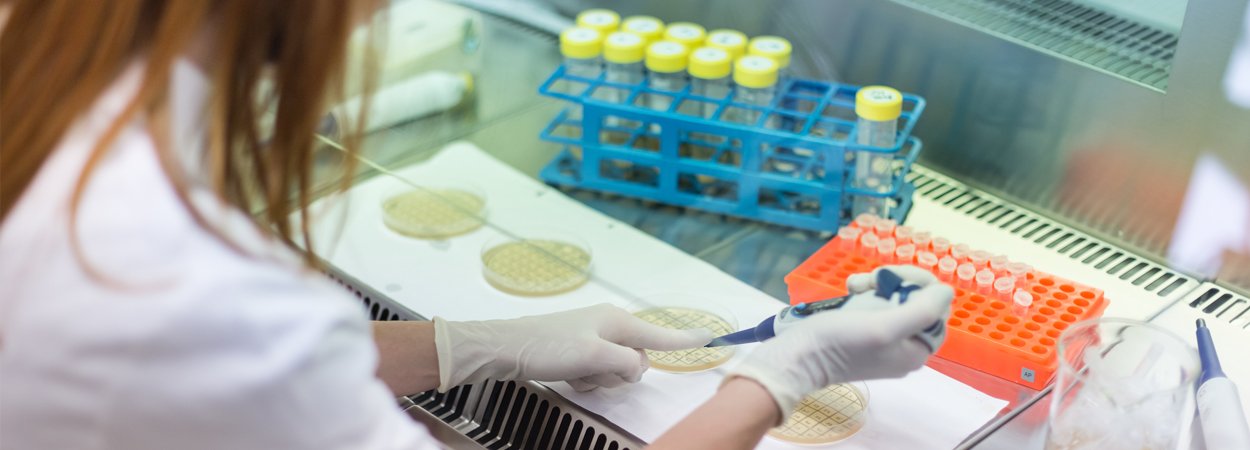Hand Hygiene: Hospitals need to provide equipment designed for the fast-paced environment so that providers can wash their hands for the 300+ opportunities per hour. Hospitals need to provide monitoring of OR hand hygiene compliance which will allow individual and group level feedback regarding hand transmission to optimize compliance. The impact of hand hygiene efforts on reducing high risk stopcock contamination should be monitored.
Intravascular Device Design and Handling: Most hospitals are still using high-risk, open lumen devices, most hospitals using DNCCs are not using evidence-based hub disinfection systems, insertion carts and check lists are not routinely used in the OR for central line insertion, hub and syringe disinfection compliance is not monitored.
Environmental Cleaning: Routine and terminal cleaning efforts are proven to be ineffective and to serve as institutional reservoirs for ongoing transmission, including transmission of high-risk pathogens to intravascular devices. Most institutions fail to leverage surveillance of OR contamination/transmission to optimize this key preventive measure. Products and techniques that are proven to reduce environmental contamination during patient care are not routinely employed.
Shown in the figure below is a typical OR transmission pattern for a superbug, S. aureus MLST 8 (USA 300, a common cause of invasive, community-associated, methicillin-resistant, S. aureus infections with an associated mortality rate of 18%), due to the above gaps. The organism’s path is typically on the hands of attending anesthesiologists at the start of the case (AHO1, poor hand hygiene) and transferred to the first patient of the day (PA1, poor hand hygiene leads to patient contamination). It remains on the hands of the attending physicians throughout the case (AHE1) and carried on the next case of the day in the same OR room (AH02, poor hand hygiene). It is then transmitted to the second patient of the day (PA2) and remains on the hands at the end of the second case (AHE2). It is left behind in the environment at case end (TE2A), and gets injected into the second patient’s stopcock set (LE2). (Data produced by OR PathTrac Surveillance, on file with RDB Bioinformatics, Omaha, NE 68154).
Track Your Bacterial Transmission

Add the ability to measure success and quantify results
There are significant gaps in OR Hygiene practices that can and should be addressed, supporting ongoing CMS penalties (https://khn.org/news/medicare-penalizes-group-of-751-hospitals-for-patient-injuries/). RDB Bioinformatics’s mission is to work with patients, healthcare providers, acute care settings, and the medical community to address the 3 goals put forth by the CDC so that we can maximize patient safety today and for the future, preventing high risk OR bacterial transmission.
RDB offers a comprehensive surveillance program that can track ESKAPE spread in order to optimize basic preventive measures. This system will help any hospital system to identify gaps in basic practices and provide and optimize methods of improvement. As your transmission prevention partners, we provide easy to use collection kits that measure seven processes of patient care. You send the collected specimens back to RDB for processing using the kits and instructions provided. RDB performs all complex microbiological, statistical, and computational analysis required to provide you with an easy to use reporting platform to identify gaps, identify actionable items, identify evidence-based improvement strategies, provide individual and group level feedback, and continual fidelity measurement. The RDB team works alongside you to maximally optimize OR hygiene, focusing your attention of creating a culture of patient safety and addressing CDC directives to reduce surgical site infections, especially bloodstream infections, to prevent the spread of bacteria between patients, and to improve antibiotic stewardship. Our future depends on your compliance with optimizing these measures.
Gaps exist in:
- OR hand hygiene
- intravascular catheter care and design
- environmental cleaning
- patient decolonization
RDB Bioinformatics provides a unique platform for preoperative patient decolonization and optimization of OR basic infection prevention practices (OR Hygiene) through the OR PathTrac surveillance system.
